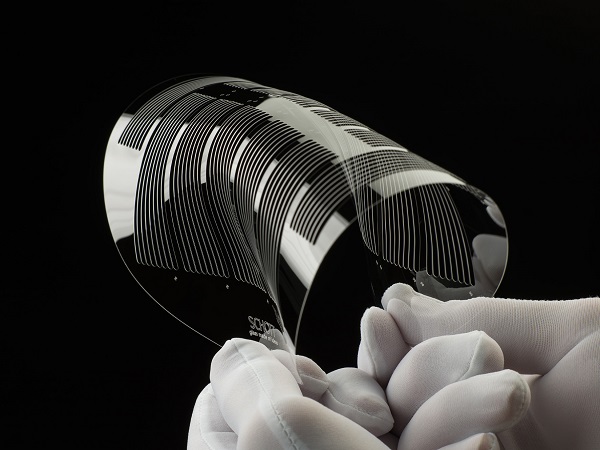Date: 9 July 2014
It can withstand extreme temperature swings and last years without warping. And every sheet of technical glass you encounter must ace a rigorous series of tests to prove it’ll hold up in the real world. Especially fire-rated glass-ceramic windows and doors.
.jpg)
Fire-rated windows and doors are critical elements in architectural design, keeping civilians and fire personnel safe by blocking fire from escape routes. While fire windows and doors were once solid, architects now use transparent fire-rated glass-ceramic fire windows and doors to block hazardous flames and smoke while drawing in light and opening floor plans. Also, glass-ceramic panels remain clear during a fire to allow occupants to view exit paths and safely escape the building.
In order for fire-rated glass to achieve a fire rating, it must pass a number of tests, including the fire endurance test and the hose stream test. Take a look at what these tests entail:
The fire endurance test simulates real-world conditions to ensure that fire-rated glass can remain intact and block flames and smoke when facing long periods of intense heat.
In this test, the glass is placed in a brick wall assembly and heated by a furnace using a prescribed time and temperature curve. During that time, the glass must retain its integrity, showing no signs of breakage or escaped flames. Since glass-ceramic does not expand thermally, it can endure long periods of heat without failing.
2. Hose stream test.
Fire-rated windows and doors must withstand extreme heat, but also remain intact after exposure to a fire. Testers shoot a fire hose directly at the heated fire-rated assemblies immediately after the fire endurance test to ensure material integrity under the cooling, impact, and erosion pressures of the fire hose.
Unlike other glasses that shatter when exposed to rapidly changing temperatures, PYRAN glass-ceramic remains intact because its thermal expansion is near zero.
Because of tests like these, we know fire-rated glass is strong enough to protect corridors in schools, office buildings, and other structures in an emergency, helping provide a safe escape route for everyone inside.







Add new comment